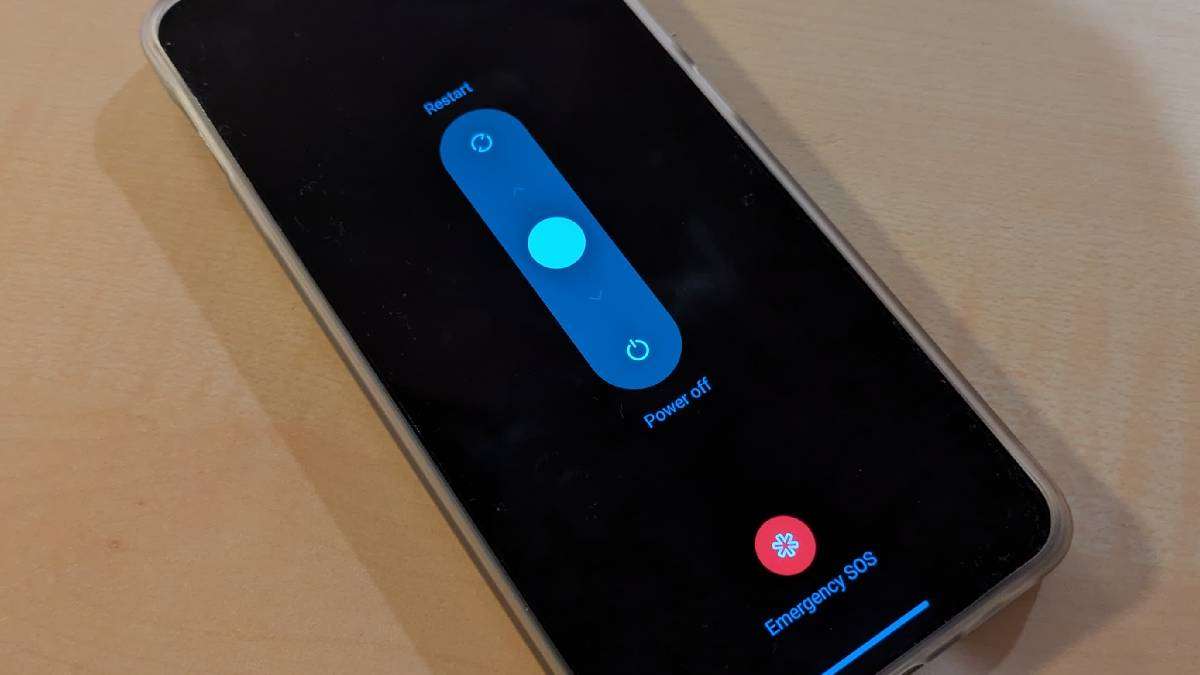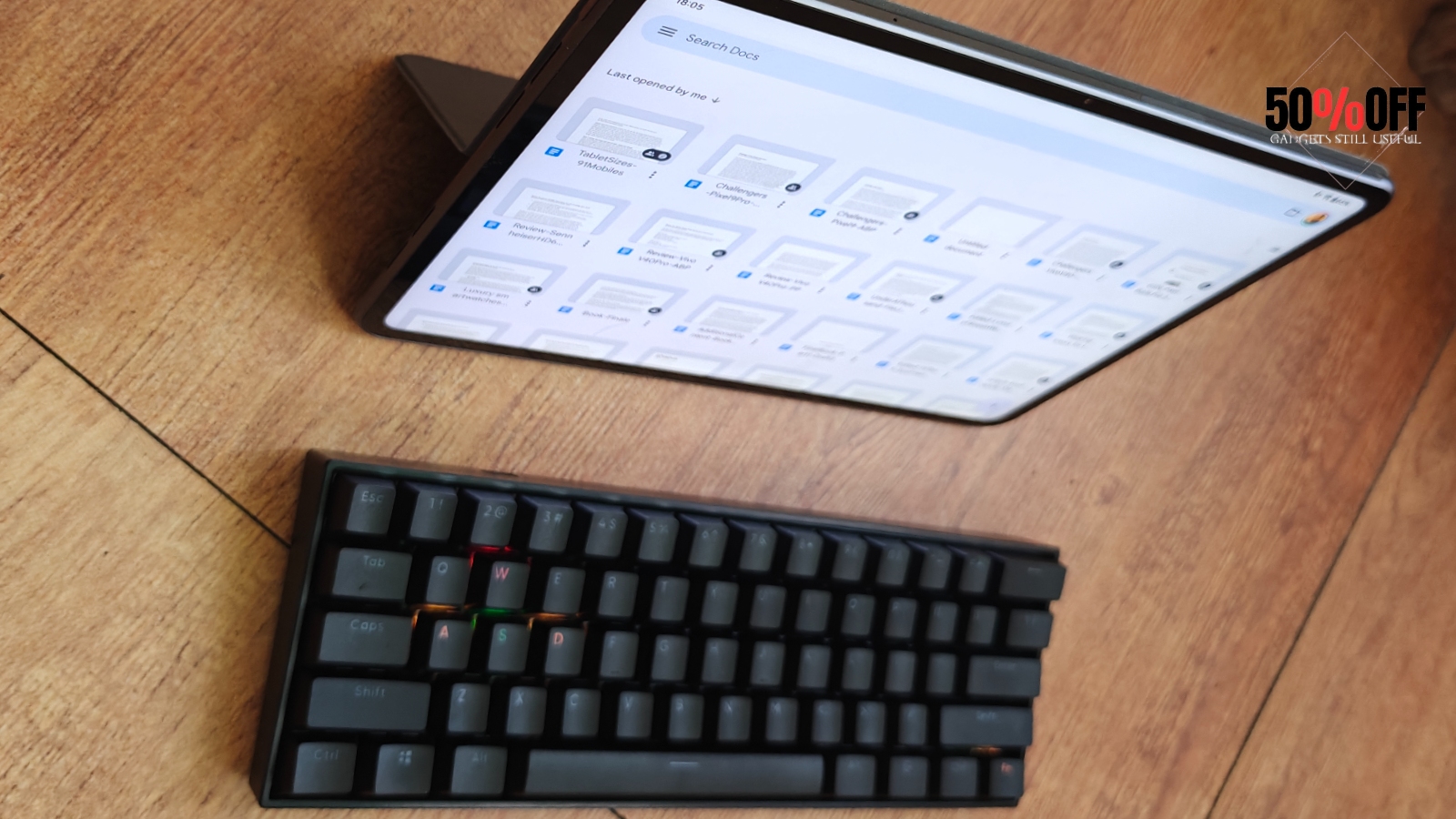Smartphones have become an integral part of our lives. They are not just for making calls or using social media, as they also serve as a portable bank. Additionally, smartphones have contributed to the decline of traditional television, as people can now entertain themselves through various OTT apps. In the event that your smartphone is stolen, it can lead to significant losses, including the potential compromise of personal data, photos, and videos by hackers. However, there are settings you can enable to protect your phone in such situations. For Android users with version 13 or higher, there is an important setting that users can turn on for added security. The ‘Require Password to Power Off’ setting prevents unauthorised individuals from turning off your smartphone, making it easier to locate your device if it's lost or stolen. If you find this feature interesting and want to learn how to activate this feature, here is a step-by-step guide on how to activate the ‘Require Password to Power Off’ setting on your smartphone. Step 1: Go to your phone settings. Step 2: Navigate to "Security and Privacy." Step 3: Tap on "More Security and Privacy." Step 4: Look for the option "Required Password to Power Off" and toggle it on. Image Source : FILE How to enable 'Require Password to Power Off' setting With this setting enabled, a password will be necessary to turn off the phone, providing an additional layer of security. Meanwhile, Call forwarding is a useful feature that lets you reroute incoming calls to another phone number or service. This feature is commonly found in phone systems and can significantly improve call management. Call forwarding boosts productivity by ensuring that more calls are answered, which is particularly beneficial in today's mobile work environment. If someone is on vacation or travelling for business, incoming calls can be forwarded to a different number, ensuring that callers' questions and concerns are promptly addressed. This is a simple way to ensure that no calls are missed. We have a guide on how to enable, disable call forwarding on Airtel. ALSO READ: BSNL 4G: How to check signal strength, speed, latency without using SIM None
Popular Tags:
Share This Post:

How to enable Find My Device on Android to find your misplaced device: An easy guide
August 27, 2024
A guide on how to enable 'Require Password to Power Off' setting on your smartphone
August 27, 2024What’s New
Telegram becomes free speech flashpoint after founder’s arrest
- By Sarkai Info
- August 27, 2024
Spotlight
Today’s Hot
Featured News
Latest From This Week
Apple iPhone 16 vs iPhone 15: All the rumoured differences to expect
ARTICLE
- by Sarkai Info
- August 25, 2024
Add music to your Instagram profile - Check the step-by-step guide
TECHNOLOGY
- by Sarkai Info
- August 25, 2024
BSNL's 70-day recharge plan comes bundled with offers, under Rs 200: Details here
TECHNOLOGY
- by Sarkai Info
- August 25, 2024
Subscribe To Our Newsletter
No spam, notifications only about new products, updates.




























